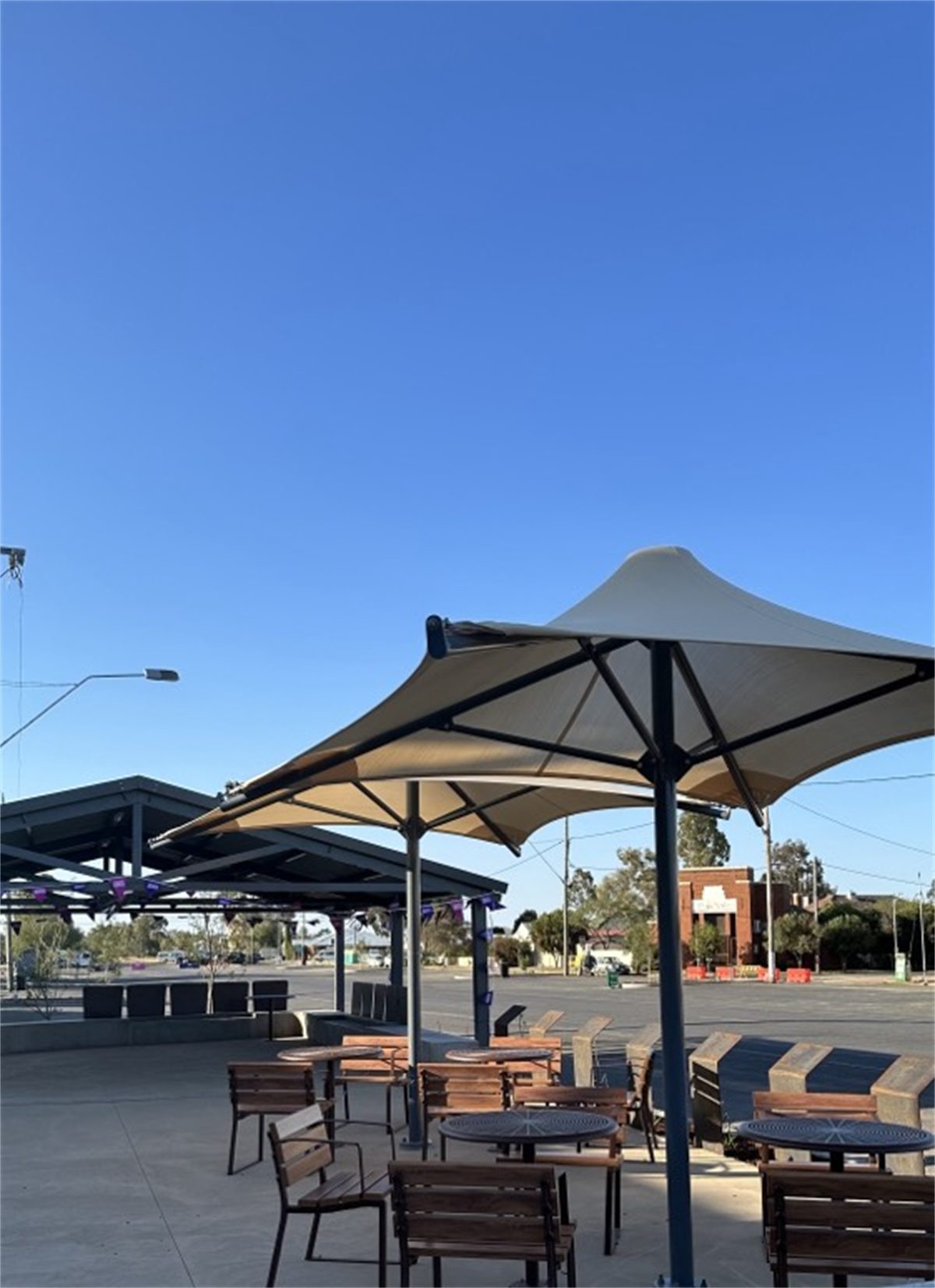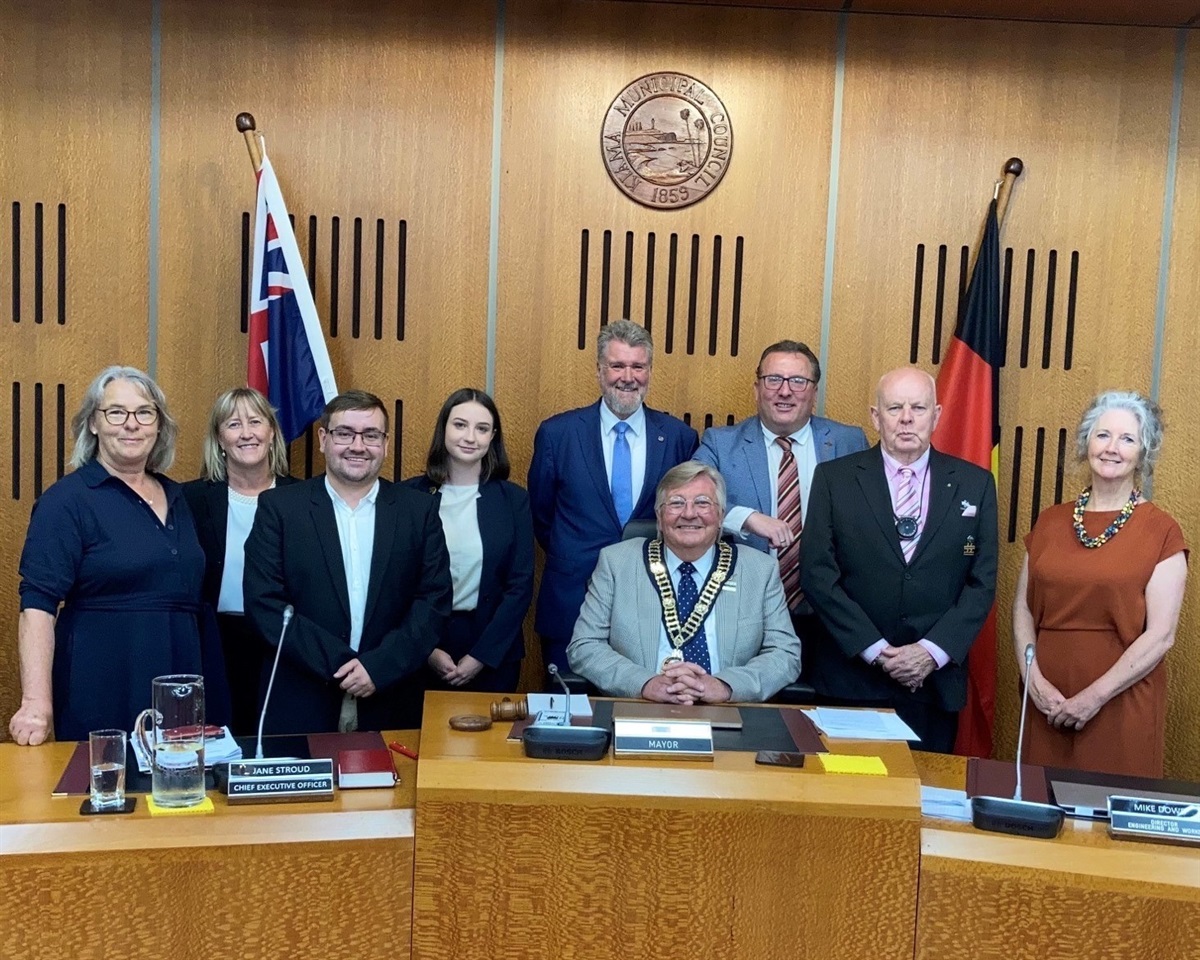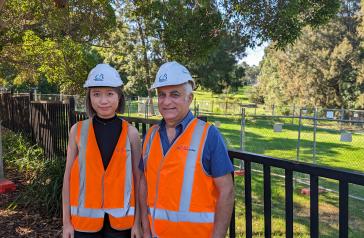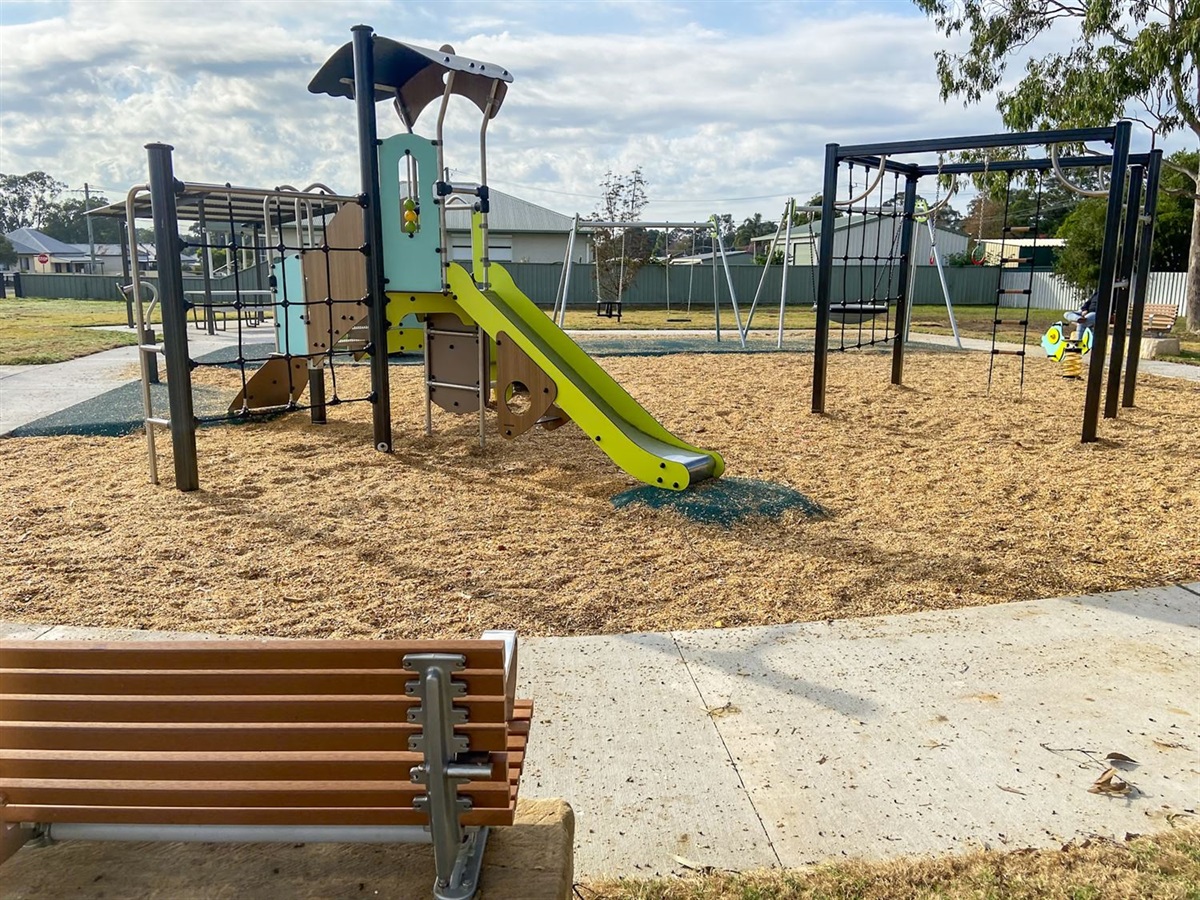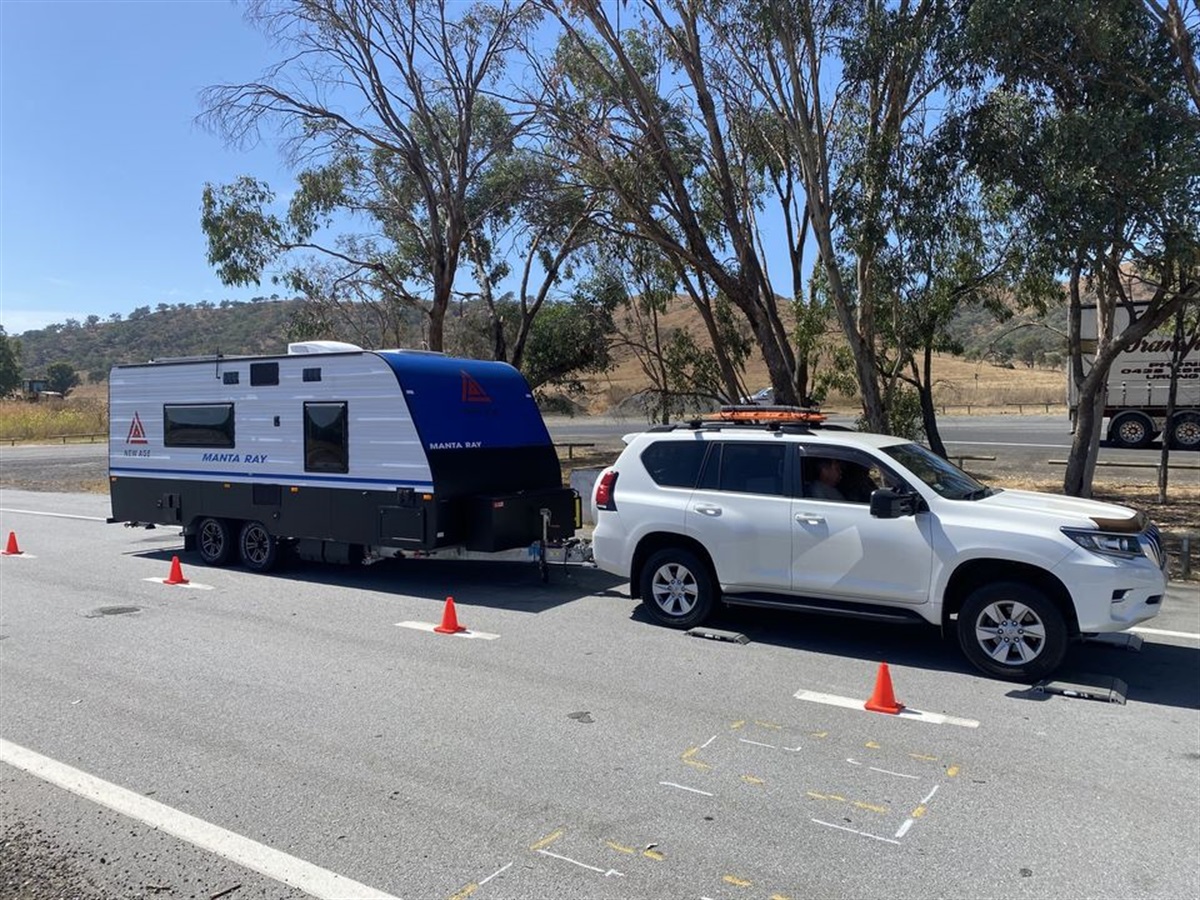Dino, a third generation apple grower in Stanthorpe, has seen nothing like it.
A drought so devastating that it is forcing him to truck in a hundred loads of water each week, at a cost of $40,000 just to keep his orchard alive.
What is more is that he has had to pull 10,000 apple trees out of the ground to save water and reduce staffing levels as he tries to see through these challenging times.
With two thirds of Queensland and 95 per cent of New South Wales affected by drought, Dino’s story is far from unique.
Over the past three days the Drought Minister, David Littleproud, and I, have visited Inverell, Warwick and Stanthorpe and heard first-hand of the hardship being experienced by local communities.
Farming families who have been continuously on the land for more than a century told us how they have sold most of their stock and now stay up late each night debating whether they should simply pack up and sell.
Small business owners, from car dealers to real estate agents, told us how their turnover is down 50 per cent as they look on helplessly as the bike shop, the bookshop, the florist and the shoe store have all closed over the last twelve months.
The grandmother from the Country Women’s Association who told us at the local pub how she has raised $500 to help primary school kids go on a road trip to Dubbo after the parents could not afford it.
In each case, these stories tell of the economic pain being felt.
But of course there is the emotional pain as well.
Rising debt and falling income is never just a set of numbers on the page.
Loneliness, loss and despair have taken hold as well.
A local mayor told me that in his area there have been three suicides in as many months, but for good reason they have been kept off the front page.
But in these small towns where so many people know each other and have grown up together, each loss is keenly felt.
In Inverell, we met a local café owner who told us how she gathered a group of women for morning tea and had them detail on a slip of paper how the drought was affecting them.
After tears were shed and hugs given out, these messages were left for us to read.
They told of the sadness these women encountered as dams ran dry, paddocks lay bare and the peaceful and fulfilling life on the land they enjoyed had been disrupted.
But at the same time, these notes told of the resilience of these women and their families and their determination to help each other get through this drought.
It’s this resilience that should give us hope for the future.
Despite all the pain these communities are going through, they are not broken and they wait in hope for the drought to break.
Which it will.
This is why the brave people of regional Australia, people at the heart of Australia, deserve our continued support.
They haven’t given up hope and neither have we.
The Morrison Government will continue to provide the assistance necessary with a range of initiatives already underway.
Income support of up to $37,000 per family is being provided under the Farm Household Allowance program.
We have lifted the support by around $12,000, as well as cutting the paperwork burden by reducing the form from fifteen pages to ten pages, and requiring only one application per family as opposed to individual applications from each parent.
Over a hundred Local Government Authorities have received $1 million each to undertake repair projects on their projects of choice.
This is a means of not just getting important jobs done, but putting local tradies to work.
In one town, typical of many, the money was put to work, fixing up the stables at the showground, putting a coat of paint on the historic cricket pavilion and installing a fence around the local airport to prevent roos getting on the landing strip at night.
We have also put an additional forty nine rural financial counsellors to work, assisting people with their financial planning as they encounter what are often difficult negotiations with banks.
We are providing an additional $30 million for targeted mental health programs to get people the support they require.
All these initiatives are providing immediate support to deal with the immediate needs.
But we are also making a long-term financial investment in water infrastructure – dams, weirs, and pipelines – to improve the drought resilience of these communities into the future.
Just as we know the drought will eventually break, we also know that at some point another drought will come.
This is where the $5 billion Future Drought Fund now passed into law will be so important.
It will provide $100 million a year from 1st July 2020 for investments that improve resilience to drought.
When it comes to building dams, it’s important to note that while the Federal Government can provide significant funding, it’s State Governments that need to do more.
A good case in point is the $84 million set aside from the Emu Swamp Dam just out of Stanthorpe.
The Federal Government has committed $47 million to this project, while the farmers are tipping in $24 million.
This project will create 250 jobs in construction, take two years to build, and support 700 direct and indirect jobs once it is up and running.
However, it is still waiting on the Queensland Government’s approval.
It’s time the Queensland Government hurried up and helped make this project a reality.
Remarkably in Australia, of the twenty dams that have been built since 2003, sixteen have been in Tasmania, reflecting the readiness of the Tasmanian State Government to get the water infrastructure in place, while other State Governments have twiddled their thumbs.
The poet Dorothea Mackellar spoke for all us of when spoke of our great nation as “a sunburnt country… of droughts and flooding rains”.
We have seen major droughts before during Federation and World War Two, and more recently the Millennium Drought in the early 2000s.
But this one is being described by those who know as the worst we have ever seen.
This trip was an important opportunity to not only hear first-hand the stories about the impact the drought is having, but also to remind these local communities that the Government and the Australian people care about their wellbeing and will continue to help.
Originally published in The Courier Mail.

